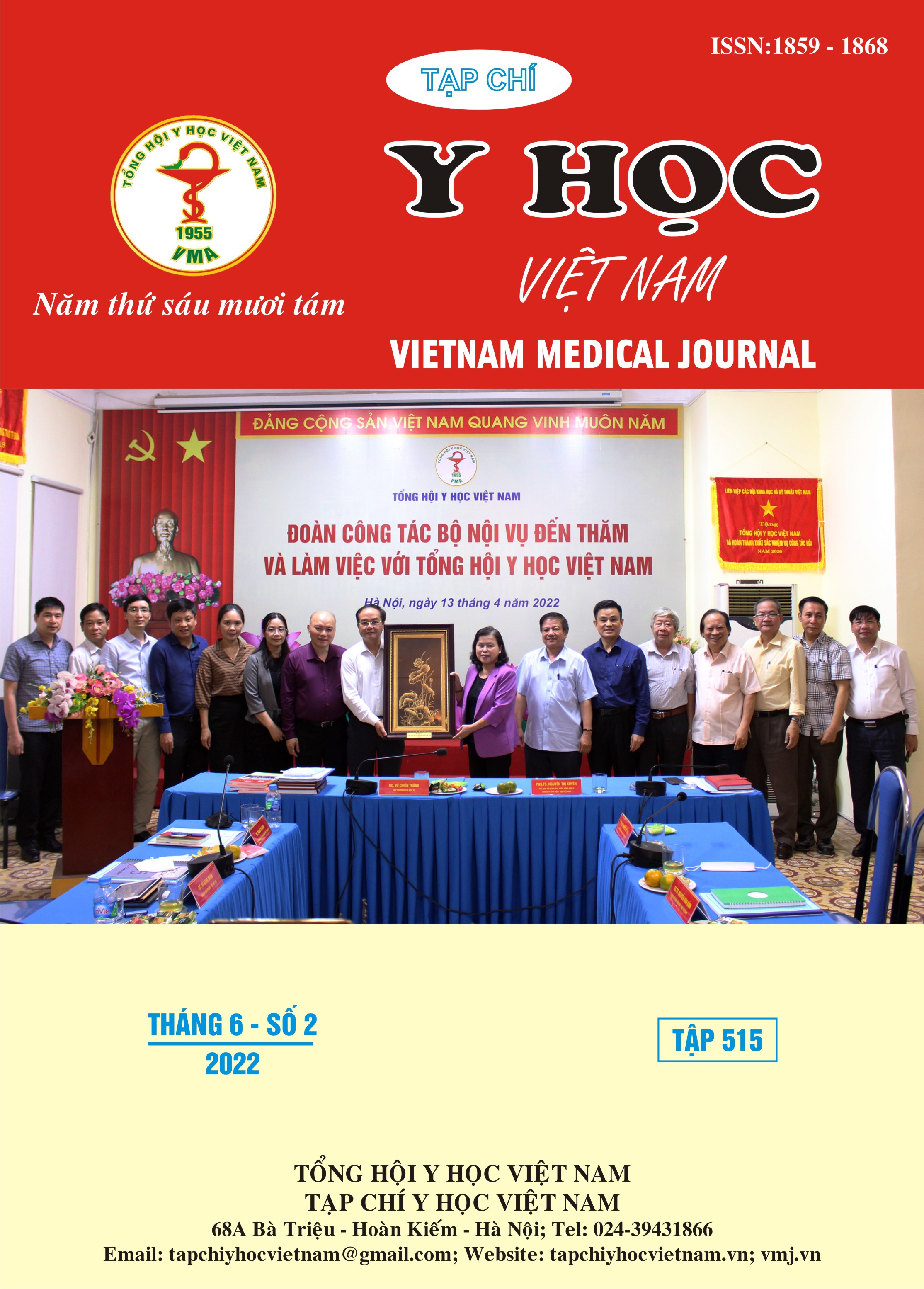RISK FACTORS FOR DEVELOPING PNEUMONIA IN PATIENSTS WITH LARGE INFARCTION AT STROKE CENTER, NGHE AN FRIENDSHIP GENERAL HOSPITAL
Main Article Content
Abstract
Background: Pneumonia is a common complication of stroke, especially in large infarctions and is a leading cause of death after a stroke. As a result, it is crucial to focus on pneumonia prevention and care in order to improve the prognosis of stroke patients. This study aimed to investigate the risk factors of pneumonia following a large infarction. Methods: This cross-sectional study involved 172 patients with large infarction, comprising 101 pneumonia patients and 71 non-pneumonia patients. Results: The mean age of patients was 73,76 ± 9,54, their mean GCS and NIHSS were 12,38 ± 1,72 and 15,07 ± 4,50, respectively. Klebsiella 6.93%, E. coli 6.94%, Acinetobacter baumannii 4.95%, MRSA 1.98%, and unknown cause 79,2% were the microbial etiologies of pneumonia. Our findings revealed several risk factors for pneumonia in patients with large infarction: age 80 (OR = 9,578, 95% CI 3,58-25,67), GCS 13 (PR = 3,06, 95% CI 2,28-4,12), NIHSS 12 (PR = 10,87, 95% CI 3,64-32,57), ASPECTS 6 (PR = 1,62, 95% CI 1,29-2,04), dysphagia (PR = 16,22, 95% CI 2,37-110. Conclusions: Older age, a more severe ischemic stroke, a larger infarct lesion on imaging, and dysphagia may all help predict the incidence of pneumonia after a massive infarction.
Article Details
Keywords
pneumonia, large infarction, ischemic stroke, risk factor
References
2. Hannawi Y. et al. Stroke-Associated Pneumonia: Major Advances and Obstacles. Cerebrovascular Diseases.2013; 35(5):430-443.
3. Hoffmann S. et al. Development of a Clinical Score (A2DS2) to Predict Pneumonia in Acute Ischemic Stroke. Stroke. 2012;43(10):2617-2623.
4. Ji R. et al. Novel Risk Score to Predict Pneumonia After Acute Ischemic Stroke. Stroke. 2013;44(5):1303-1309.
5. Quyet D. et al. Risk Factors for Stroke Associated Pneumonia. Open access Macedonian journal of medical sciences. 2019;7(24):4416-4419.
6. Sari I. M. et al.. Comparison of Characteristics of Stroke-Associated Pneumonia in Stroke Care Units in Indonesia and Japan. Journal of Stroke and Cerebrovascular Diseases. 2017;26(2):280-285.
7. World Health Organization. Noncommunicable D. và Mental Health, C. WHO STEPS stroke manual : the WHO STEPwise approach to stroke surveillance / Noncommunicable Diseases and Mental Health, World Health Organization, Geneva.2005.
8. Zhang X. et al. The A2DS2 Score as a Predictor of Pneumonia and In-Hospital Death after Acute Ischemic Stroke in Chinese Populations. PLOS ONE. 2016;11(3): e0150298.


